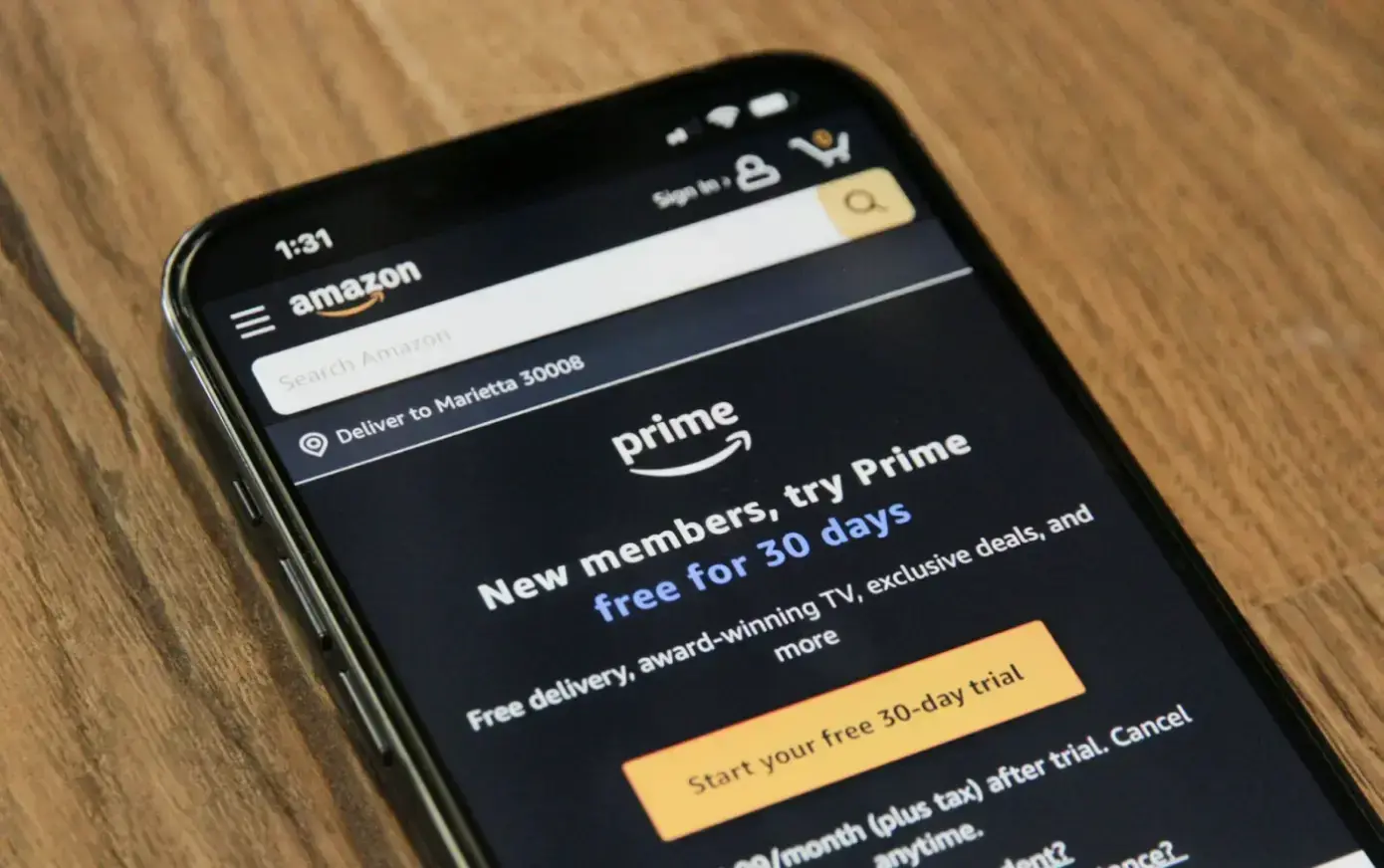If you run an e-commerce business, you know that customer loyalty isn't just a nice-to-have – it's the secret sauce that keeps your business thriving. Loyal customers aren’t just repeat buyers; they also act as powerful brand advocates who drive word-of-mouth marketing and increase lifetime value.
But how do you know if your customers are truly loyal?
The only way to gauge and boost your customers’ loyalty is to measure it, but there’s one problem: loyalty is a seemingly intangible value. So, how do you do it?
Below, we examine key metrics that can help you quantify customer loyalty and gain valuable insights to turn first-time buyers into lifelong fans and brand advocates.
Article Shortcuts:
- Why Customer Loyalty Matters in E-Commerce
- Key Metrics to Measure Customer Loyalty in E-Commerce
- FAQs

Source: Pexels
Why Customer Loyalty Matters in E-Commerce
Loyal customers are the lifeblood of any e-commerce business.
These repeat shoppers reduce the constant pressure to acquire new customers, which can be costly and time-consuming. This isn’t to say that bringing in fresh buyers is important.
However, focusing on customer retention can significantly lower marketing and operational costs. Research shows that retaining a customer is 5 to 25 times cheaper than acquiring a new one.
One effective way to enhance customer loyalty in e-commerce is by automating key aspects of your workflow. By creating a hierarchy based on the time each activity consumes, you can prioritize tasks that directly impact customer satisfaction.
Automating routine functions, like customer support, can free up valuable time, allowing you to focus on strategies to improve loyalty KPIs. Businesses can also streamline data-heavy processes, such as extracting data from bank statements for tax purposes, to further reduce manual effort.
Ultimately, endeavoring to retain loyal customers tends to pay off, as they often open their wallets wider as time goes on. They trust your brand, they know your products, and they're more likely to try new offerings.
Plus, they become your unofficial marketing team, singing your praises to friends and family and leaving glowing reviews that attract even more customers.
In contrast, dissatisfied customers are likely to stop doing business with the company, leading to higher churn rates. They are also more likely to share their negative experiences, damaging the company's brand reputation through word-of-mouth.

Source: Unsplash
Key Metrics to Measure Customer Loyalty in E-Commerce
While you can’t directly measure customer loyalty in itself, there are some metrics that can give you insights into how loyal, engaged, and satisfied your customers are.
These metrics allow you to optimize retention strategies to drive long-term value and profitability.
-
Repeat Purchase Rate (RPR)
Repeat Purchase Rate is the percentage of customers who come back to make additional purchases from your e-commerce store. This metric is a direct indicator of customer satisfaction, loyalty, and retention.
A high RPR suggests that customers are happy with your products and service and are willing to buy from you again. It also reflects the success of your post-purchase strategies, such as follow-up emails, loyalty programs, or retargeting campaigns.
A low RPR may signal that customers are not fully satisfied or are finding alternatives, which can hurt your business over time.
To calculate RPR, divide the number of customers who've made more than one purchase by your total number of customers, then multiply by 100. For example, if you have 1000 customers and 300 have made repeat purchases, your RPR would be 30%.
-
Customer Lifetime Value (CLV)
Customer Lifetime Value predicts the total revenue a business can expect from a single customer account throughout its relationship with the company.
This metric helps you understand the long-term value of your customers and can guide decisions on how much to invest in customer acquisition and retention. Higher CLV means greater overall profitability and helps prioritize customer retention over costly acquisition efforts.
While there are complex formulas, a simple way to calculate CLV is to multiply the average order value by the average number of purchases in a year and then by the average customer lifespan in years.
-
Net Promoter Score (NPS)
Net Promoter Score helps you gauge customer experience and predicts business growth by asking customers how likely they are to recommend your company to others, using a scale from 0 to 10.
Customers are classified into three categories: Those who score 9-10 are termed promoters, those who score 7-8 are passives, and anyone who scores 6 or below is a detractor.
It's a simple yet powerful way to gauge customer satisfaction and loyalty.
NPS is a strong indicator of customer satisfaction and brand loyalty. Promoters not only spend more but also act as advocates, sharing their positive experiences with others and driving organic growth.
Detractors, on the other hand, may actively discourage others from buying from you, which can damage your brand's reputation.
This metric is particularly useful because it not only gives you a quantitative measure of customer loyalty but also provides qualitative feedback through follow-up questions, helping you understand the 'why' behind the score.
It provides a simple and quick way to gauge overall customer sentiment and can be a leading indicator of future revenue growth. Tracking NPS over time can help you understand trends in customer satisfaction and address any emerging issues before they become major problems.
-
Customer Engagement Score (CES)
Customer Engagement Score is a composite metric that measures how engaged your customers are with your brand across various touchpoints. Engaged customers are more likely to be loyal customers.
This metric can help you understand which customers are at risk of churning and which might be ready for upselling opportunities.
There's no one-size-fits-all formula for CES, as it depends on what engagement looks like for your specific business. However, it typically involves assigning point values to different customer actions (like opening emails, leaving reviews, or making purchases) and then calculating a total score for each customer.
-
Churn Rate
Churn rate is the percentage of customers who stop doing business with you over a given period. A high churn rate can signal problems with your product, customer service, or overall customer experience.
Keeping an eye on this metric can help you spot and address issues before they become major problems.
To calculate the churn rate, take the number of customers lost over a certain period and divide it by the number of customers at the start of that period, then multiply by 100. For instance, if you started the month with 500 customers and lost 50, your monthly churn rate would be 10%.

Source: Pexels
FAQs
1. What is e-commerce customer loyalty?
E-commerce customer loyalty is the deep, ongoing connection that drives customers to make repeat purchases and advocate for your brand, demonstrating their confidence and satisfaction with your products and services from the very first interaction.
2. Why is customer loyalty important for e-commerce?
Customer loyalty is vital because it not only reduces the pressure and expenses associated with constantly acquiring new customers but also builds a reliable base of repeat buyers whose positive word-of-mouth and increased lifetime value fuel long-term business success.
3. How can I increase e-commerce customer loyalty?
You can boost customer loyalty by tracking key metrics like Repeat Purchase Rate, Customer Lifetime Value, and Net Promoter Score, while also leveraging automation to improve customer service and streamline operations, ensuring every interaction leaves a lasting positive impression.
Wrapping Up
Tracking metrics like Repeat Purchase Rate, Customer Lifetime Value, Net Promoter Score, Churn Rate, and Customer Engagement Score is crucial for understanding how satisfied and engaged your customers are.
These metrics offer valuable insights into retention rates, long-term customer value, and areas that need improvement. By leveraging these insights, you can refine your strategies, personalize your approach, and create amazing customer experiences that keep customers coming back for more.
Author Bio
Magnus Eriksen is a copywriter and e-commerce SEO specialist with a degree in Marketing and Brand Management. Before embarking on his copywriting career, he was a content writer for digital marketing agencies such as Synlighet AS and Omega Media, where he mastered on-page and technical SEO.



